Home › Forum › Ask A Member › What makes for a ‘racing’ lower unit?
- This topic has 20 replies, 10 voices, and was last updated 9 years, 9 months ago by
legendre.
-
AuthorPosts
-
June 25, 2015 at 2:09 am #1856
I’ve seen the term used in various descriptions, but what exactly separates a ‘racing’ lower unit from a standard service lower? Off the top of my head, I can think of a few possibilities, like:
– Narrower, more streamlined cross-section
– Shorter length
– Reduced weight
– Tougher bearings
– Taller gears
– Higher water pump capacity
– Different rake angleThen of course, comes prop size, pitch and so forth, but that’s probably a different question. So what goes into a racing lower?
June 25, 2015 at 3:48 am #18876I think you answered your own question.
June 25, 2015 at 4:06 am #18878It looks like you have it nailed down very well. A standard gearcase is built for general service. Some owners use them to dig channels in shallow anchorages. Manufacturers keep this in mind when designing service lower units. They go even farther for special work motors. The heavy duty gearcase on the old Light Four has a 3 to 1 reduction and swings a 13" diameter propeller. The Army storm Bout Motor had wings to protect the propeller when running up on enemy beaches. Racing lower until are designed for the least drag. Big and rugged is a distinct disadvantage where speed is the major concern.
Here is the HD gearcase used on the storm boat Motor
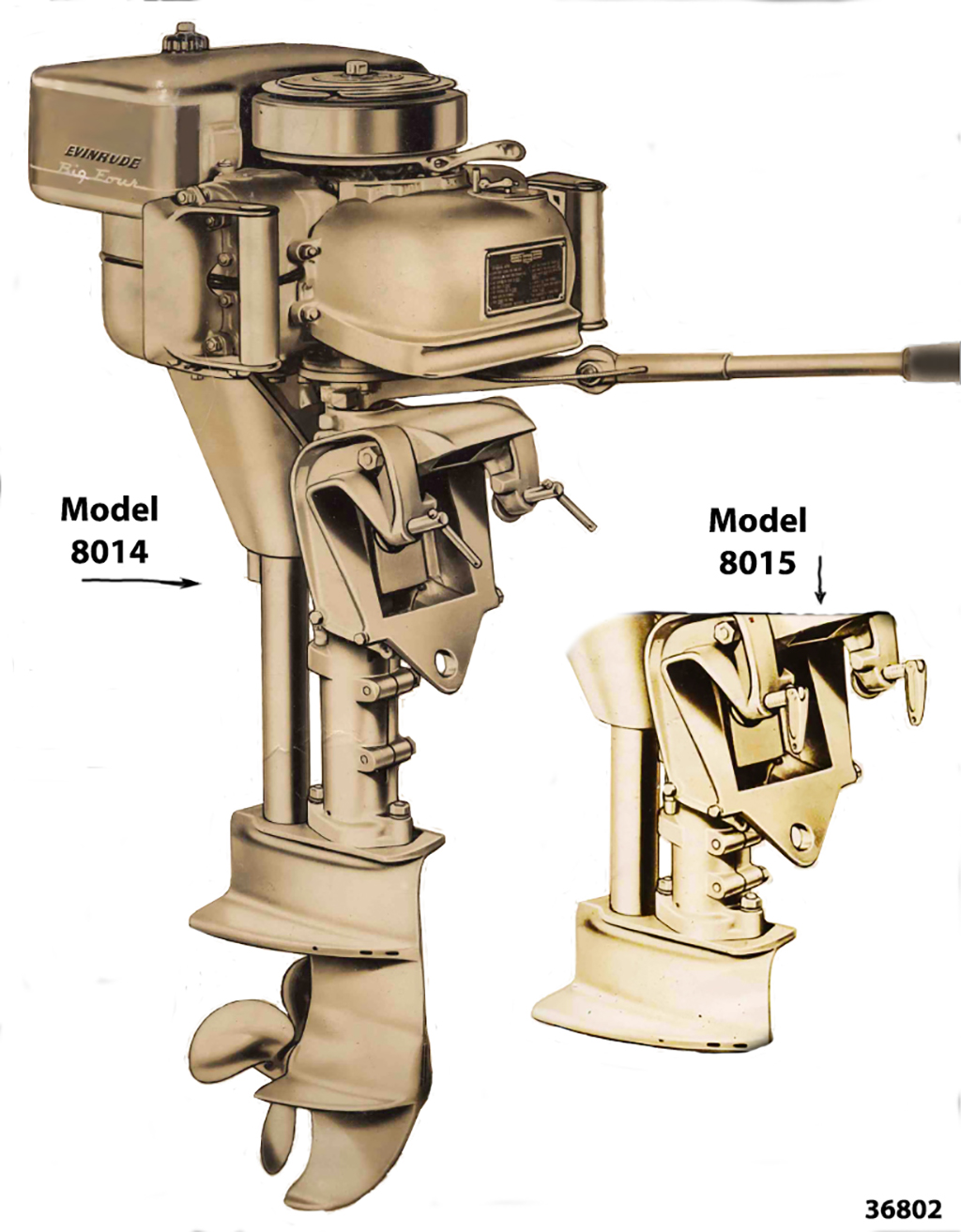
and the gearcase for the racing 460 –
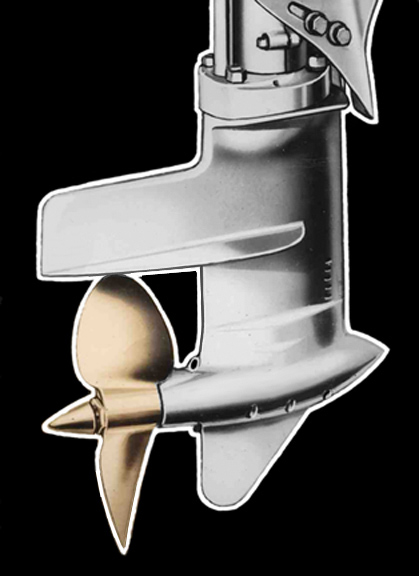
When the OMC V4 was designed in the mid ’50s, It was thought it would replace twin motors on a big heavy boat. It was built heavy and rugged. People were shocked that it burned gas like two motors. People wanted speed and econimy. Engineering immediately went to work on impovements. It was found in took 40 horse power to push that football gearcase through the water at 40 MPH. The slimmer gearcase on the 1960 V4 only takes ten HP, leaving 65 horses to push the boat.

 June 25, 2015 at 4:12 am #18879
June 25, 2015 at 4:12 am #18879Anonymous
And aren’t racing lowers almost always "direct drive", even when the service lower has neutral & reverse?
June 25, 2015 at 6:57 am #18883@Garry
Thank you for those excellent images! Should we all just take a moment to appreciate the quality of commercial, often anonymous airbrush art of a prior era..? It’s obviously idealized (that was part of the job), but what a beautiful set of renderings still the same.
So is the small inset (top image) the short-shaft version of the same motor?
Another question – if the racing lower in the bottom image attaches to the same power head shown in the upper, what’s the deal with the much thinner tube to the aft of the drive shaft enclosure? The tube in the lower looks to be less than half the diameter of that seen in the upper image – what’s it for?
June 25, 2015 at 9:09 am #18886The larger tube is the exhaust. However, since most racers install open "stacks" at the exhaust, the exhaust tube is removed.
June 25, 2015 at 12:35 pm #18895quote legendre:@GarryThank you for those excellent images! Should we all just take a moment to appreciate the quality of commercial, often anonymous airbrush art of a prior era..? It’s obviously idealized (that was part of the job), but what a beautiful set of renderings still the same.
So is the small inset (top image) the short-shaft version of the same motor?
Another question – if the racing lower in the bottom image attaches to the same power head shown in the upper, what’s the deal with the much thinner tube to the aft of the drive shaft enclosure? The tube in the lower looks to be less than half the diameter of that seen in the upper image – what’s it for?
The smaller tube is actually the water inlet line, and as was previously stated the racer had open exhaust..
http://www.richardsoutboardtools.com
classicomctools@gmail.comJune 26, 2015 at 1:14 am #18932Some more Antique Racers –[/color
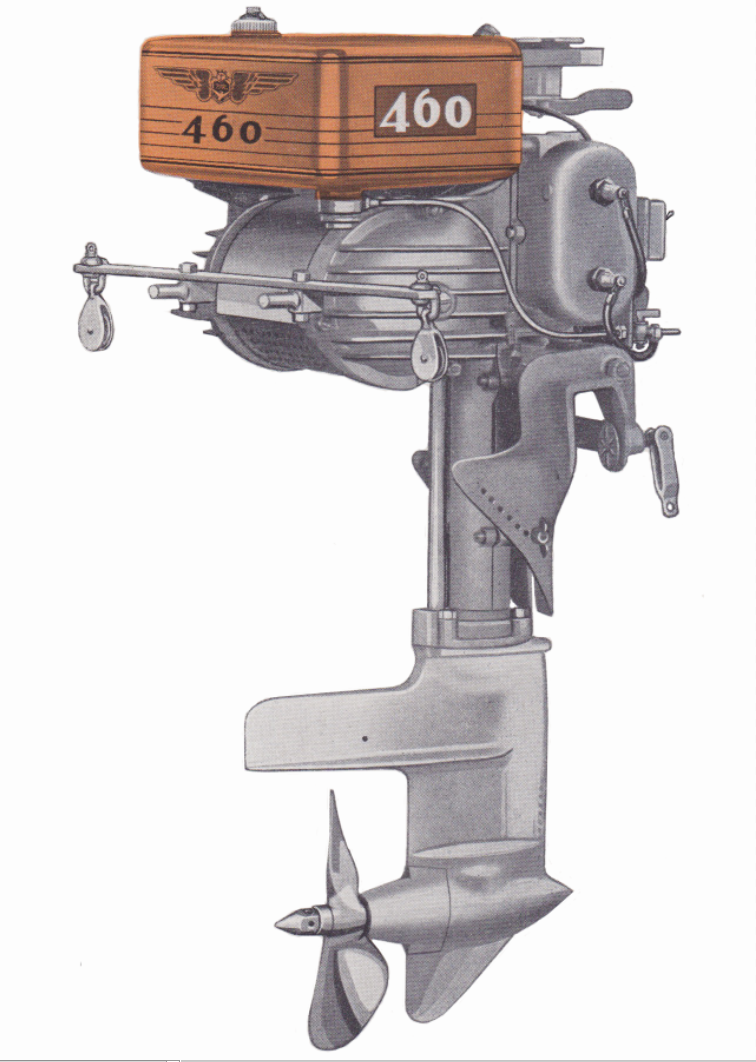
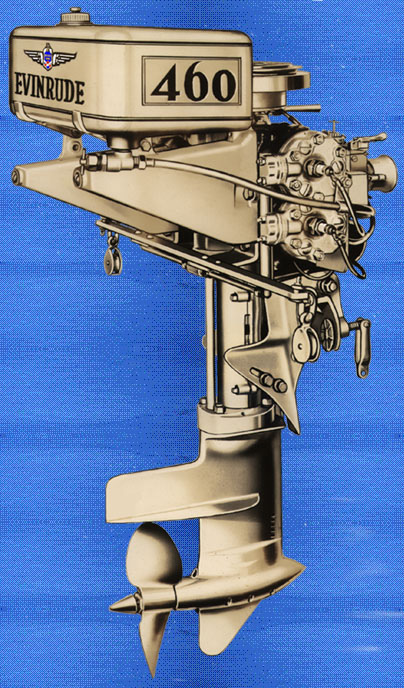
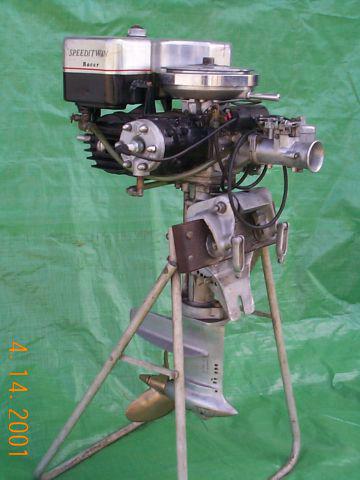
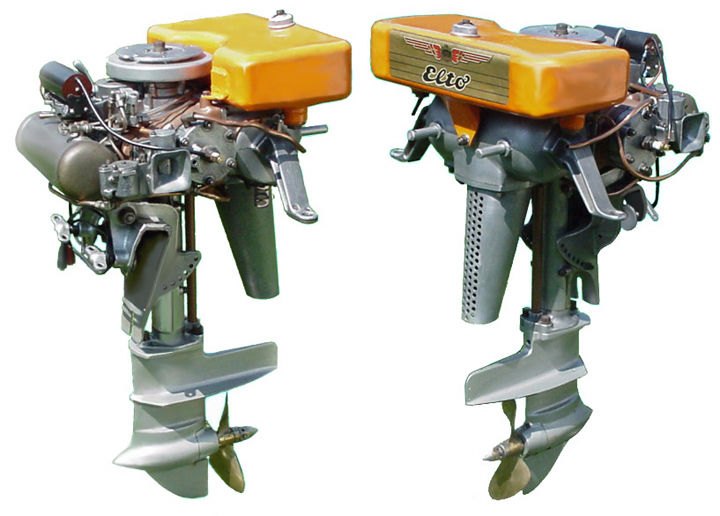
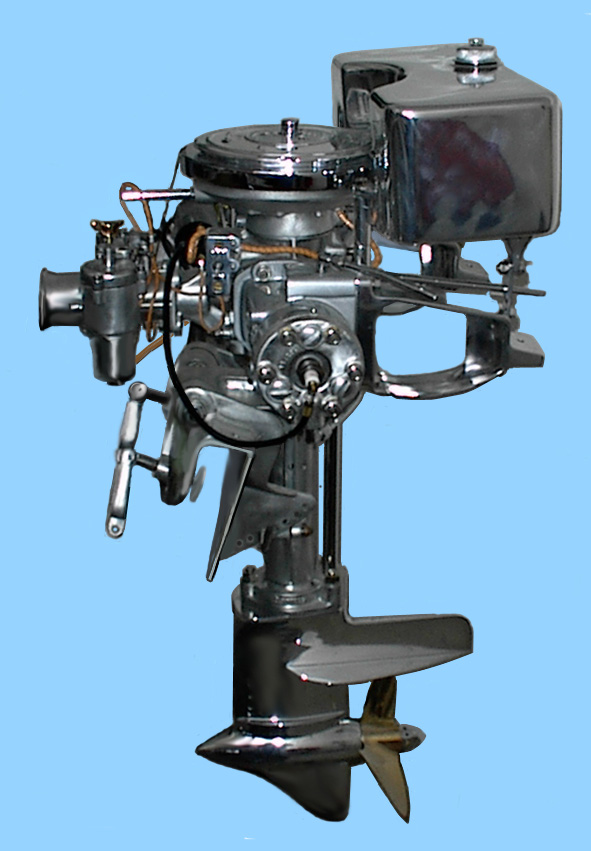
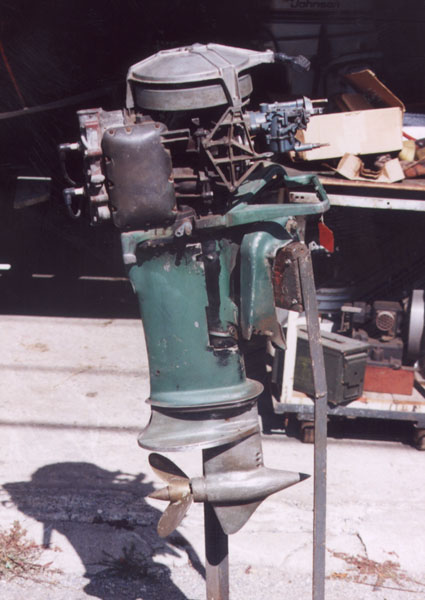
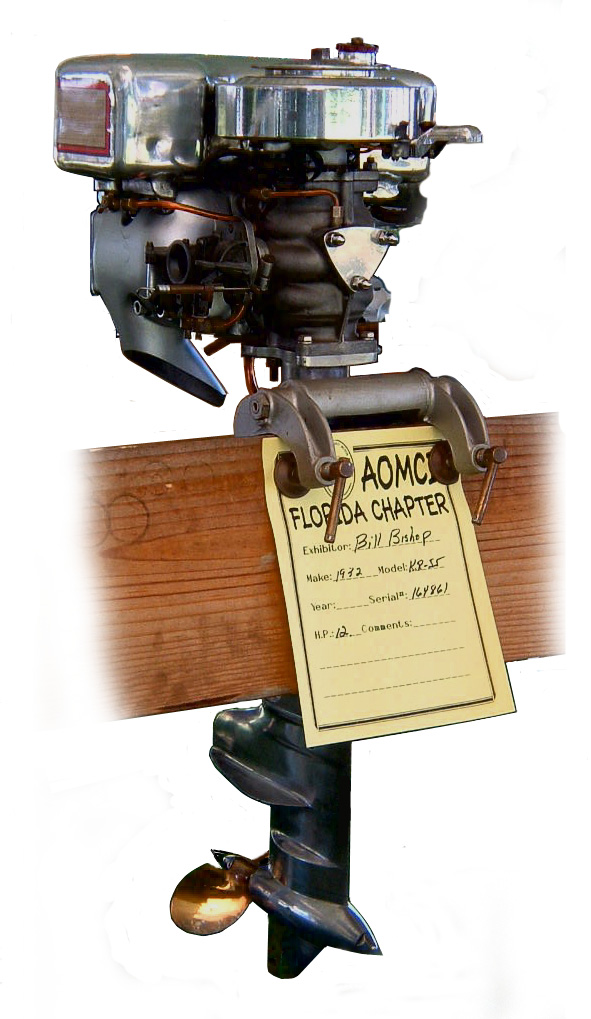
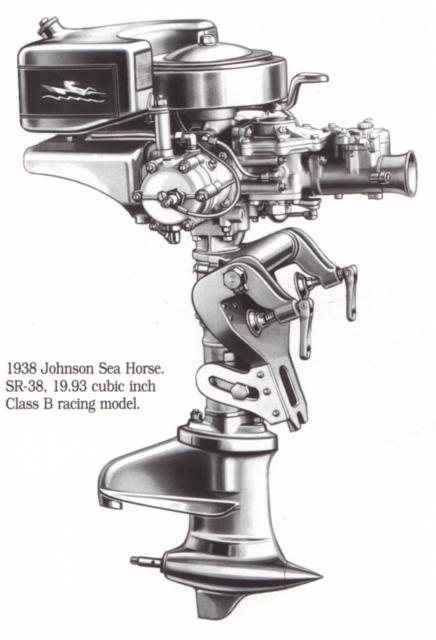
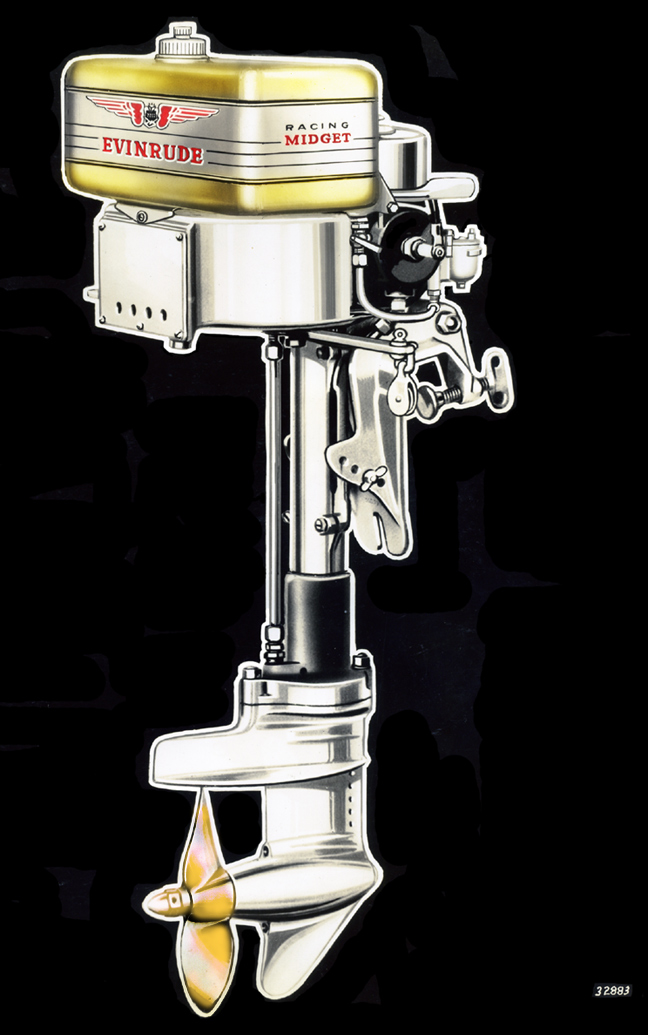

 June 26, 2015 at 1:27 am #18933
June 26, 2015 at 1:27 am #18933And the ‘Green Hornet’ is nowhere in sight ?
June 26, 2015 at 2:23 am #18936@Garry
Gorgeous stuff! Thanks so much for taking the time to post those..
-
AuthorPosts
- You must be logged in to reply to this topic.

